Dr. John Cramer explored this over about a decade and came to the conclusion that it was impossible. He said there is an "anti-signal" which fills in the otherwise dark spaces of the interference pattern such that one can't tell whether the pattern is there. The coincidence detector filtered out those photons so it did get a signal. It seems, therefore, like these anti-photons are not from entangled pairs, yet they respond to the setting of the measurement done on the entangled beam. Also, how can a photon go through two slits and get an inverse of the normal interference pattern? The phase at each slit would have to be different, but that makes absolutely no sense at all to my admittedly somewhat untrained mind. The conclusion I keep coming to is that I just need to build the damn thing.
There are other configurations that show interference patterns that are affected by the "which way" information being preserved or not. Mach-Zehnder interferometers are good and light isn't lost in the space between slits. However, they're very sensitive to coherence. Double-slits should not be. Matthew and I have talked at length about different configurations to avoid the double-slit and not lose most of the light.
We need to be able to very carefully align optics, so I am working now on designing mounts that can be adjusted in two directions plus rotation. We have the most of the equipment, such as a Beta-Barium-Borate (BBO) crystal to downconvert light into entangled pairs, plus detectors to register the (very faint) light. I built counting circuits and interfaced those to a PIC18F2550 and through there to Linux in order to read the counts. Once I have the optics mounts working, we will also need to mount dichroic mirrors and IR filters to cut out all the left over visible light from the pump laser (~1 in a billion photons are downconverted, and shining what amounts to the full laser beam into the detectors is a bad idea).
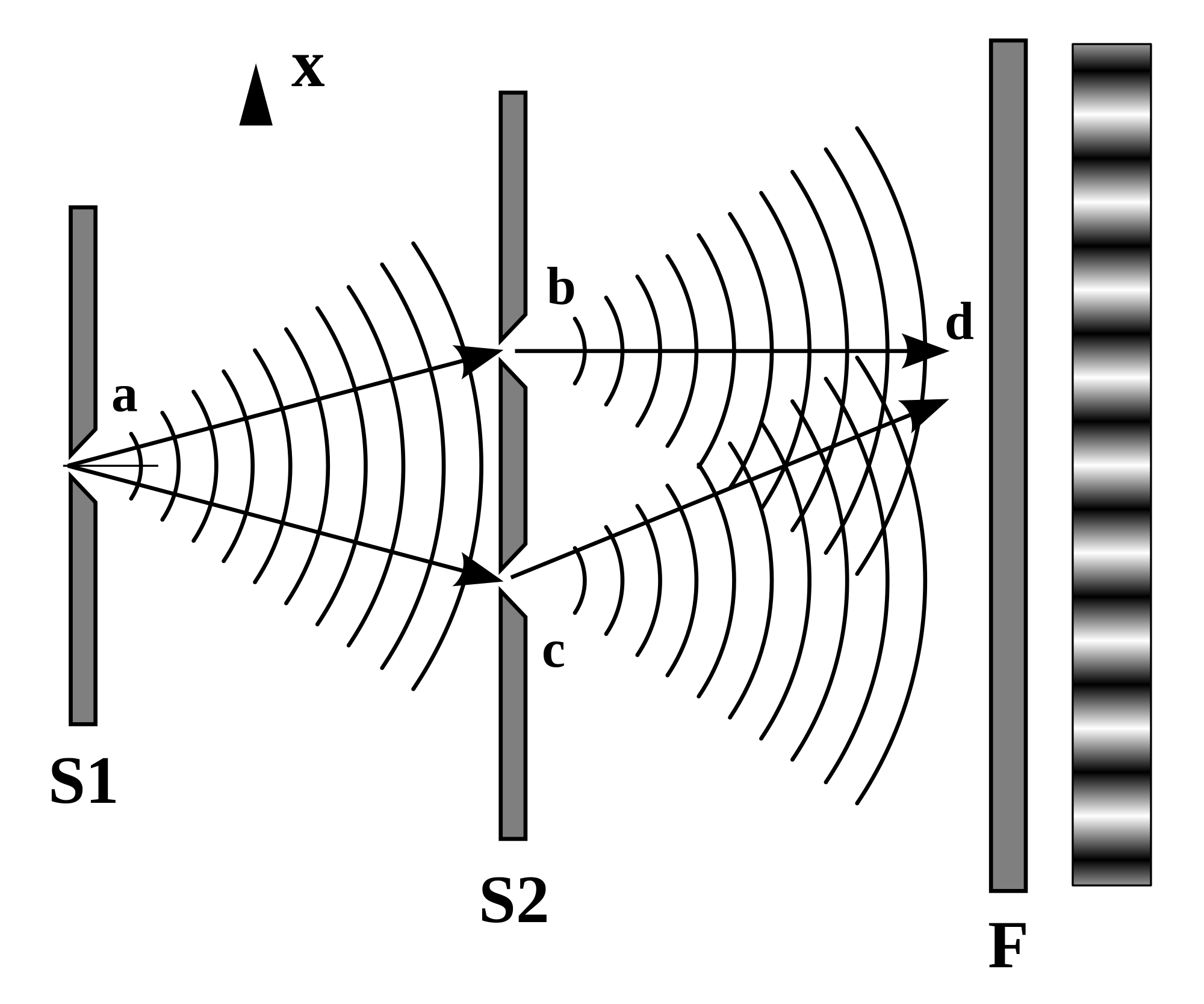
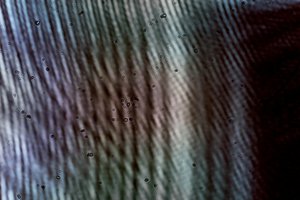
 wnodvik
wnodvik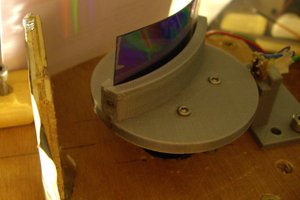
 andreas.betz
andreas.betz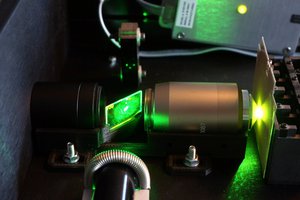
 esben rossel
esben rossel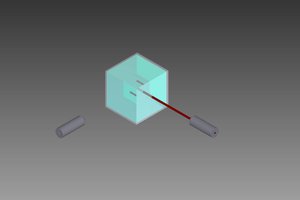
 maildodanillo
maildodanillo